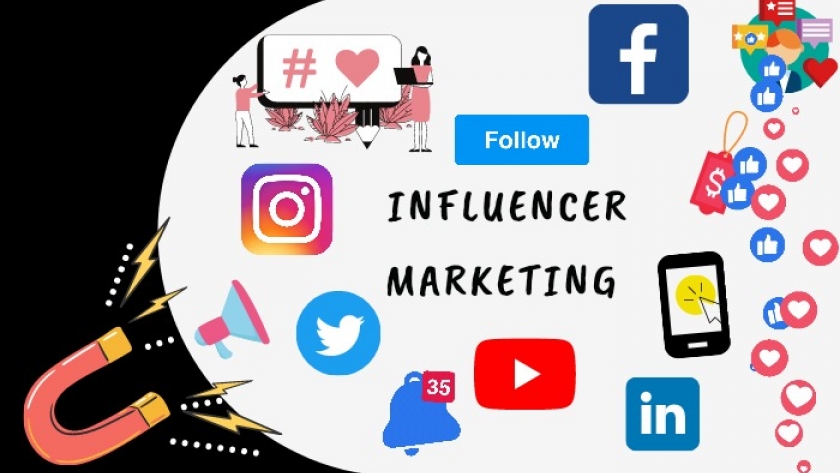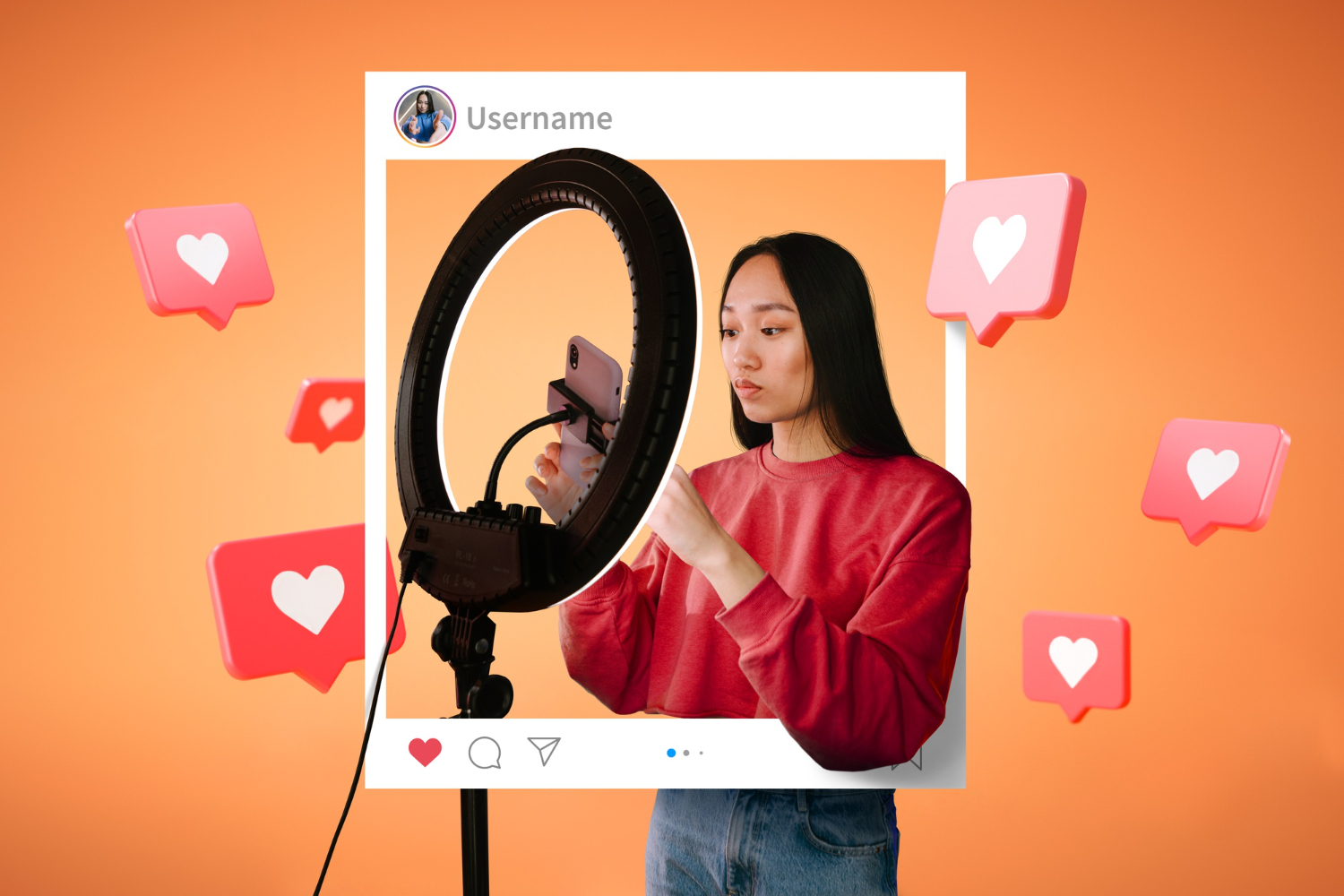
By Agroempresario.com
Influencer marketing has rapidly evolved from a niche strategy to a cornerstone of modern marketing. Initially, it involved celebrities endorsing products, but today, it includes a wide range of individuals with varying levels of influence. From mega-influencers with millions of followers to micro-influencers with highly engaged, niche audiences, brands have numerous options to choose from. This evolution has made influencer marketing accessible and effective for businesses of all sizes, allowing them to tap into the authentic connections influencers have with their followers.

Choosing the right influencers is crucial to the success of any influencer marketing campaign. Brands must look beyond follower counts and focus on engagement rates, audience demographics, and the influencer's relevance to the brand's values and products. Tools like social media analytics and influencer marketing platforms can help brands identify potential influencers who align with their goals. Partnering with influencers who have genuine connections with their audience ensures that the marketing message is perceived as authentic and trustworthy.
Authenticity is the cornerstone of influencer marketing. Consumers are savvy and can easily detect inauthentic endorsements. To build genuine partnerships, brands should involve influencers in the creative process, allowing them to maintain their unique voice and style. Long-term collaborations can be particularly effective, as they demonstrate a true alignment between the influencer and the brand. This approach not only enhances credibility but also fosters deeper connections with the audience.

The success of influencer marketing campaigns must be measured to understand their impact and optimize future efforts. Key performance indicators (KPIs) such as engagement rates, reach, conversions, and return on investment (ROI) provide valuable insights. Advanced analytics tools enable brands to track these metrics and gain a comprehensive understanding of the campaign's effectiveness. By continuously analyzing performance data, brands can refine their strategies and maximize the impact of their influencer partnerships.

While influencer marketing offers significant benefits, it also comes with challenges. Issues such as fake followers, influencer fraud, and changing algorithms on social media platforms can hinder campaign success. Brands must remain vigilant and adopt best practices, such as thorough vetting of influencers and utilizing reliable third-party analytics to verify influencer authenticity. Additionally, staying updated on industry trends and platform changes ensures that brands can adapt their strategies to overcome these challenges.

As influencer marketing continues to evolve, new trends and technologies are shaping its future. The rise of artificial intelligence and machine learning in influencer marketing platforms is enhancing the precision of influencer selection and campaign optimization. Additionally, emerging platforms like TikTok and the growing importance of video content are creating new opportunities for brands to engage with audiences. By staying ahead of these trends and continuously innovating, brands can maintain a competitive edge in the dynamic landscape of influencer marketing.

In conclusion, influencer marketing presents a powerful opportunity for brands to connect with their audience in meaningful ways. By selecting the right influencers, fostering authentic partnerships, measuring success, and navigating challenges, brands can harness the full potential of influencer marketing. As the landscape continues to evolve, staying adaptable and informed will be key to sustaining success and driving long-term growth.
